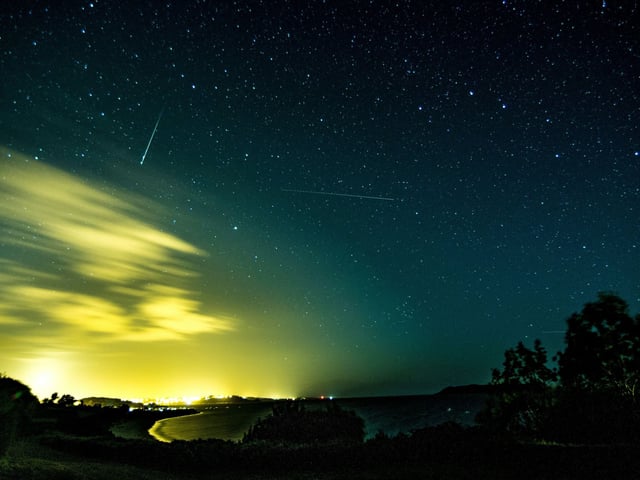Overview
- Earth’s orbit is intersecting debris from comets 96P/Machholz and 169P/NEAT, which fuel the Southern Delta Aquariids and Alpha Capricornids.
- The Southern Delta Aquariids will produce up to 20 modest streaks per hour and the Alpha Capricornids will add five to ten bright, slow-moving fireballs.
- Stargazers should head to dark-sky locations, look southward and plan to watch between midnight and dawn for peak activity.
- A quarter-full waxing moon will set early enough to ensure the pre-dawn hours remain free of lunar glare for optimal viewing.
- Although the Southern Hemisphere offers the richest display, observers in North America, Europe, and Australia can also catch the simultaneous peak under favorable conditions.

